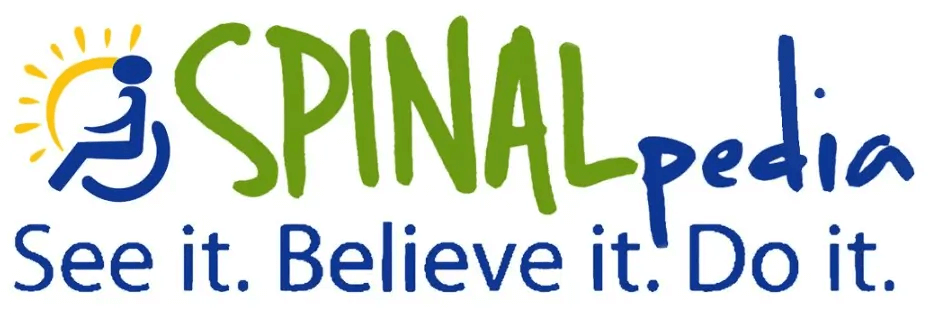Nothing is better than the feeling of driving; you can’t get more independent than driving your own vehicle. Luckily, a spinal cord injury won’t stop you from getting behind the wheel. The freedom of the road is waiting for you, and all you need are hand controls. Well… you may need more than that, but hand controls are a good start.
Adaptive driving opens up a new world full of cool gadgets and independence for people with SCIs. There’s a lot of technology out there to help people with SCIs drive, but you’re not going to need all of it. Your level of injury has a lot to do with what you’ll end up needing. How much can you move your arms? How much balance do you have? Can you move your fingers, or not at all?
Vehicle Options
Your answers to these questions will help guide you to the best vehicle and adaptations. If you’re a quadriplegic with limited arm and finger movement and can’t transfer on your own, you can still drive, but you’ll need to do it from your wheelchair. You can drive from your manual wheelchair or powerchair, which becomes locked to the car floor in an adapted vehicle. Many vehicles can be modified for this—not just minivans (but don’t knock them until you try them, because their spaciousness can’t be beat).
Otherwise, the PT Cruiser, Honda Element, and many full-size trucks can be modified for driving from a wheelchair. The Ford Explorer has also been recently modified for wheelchair driving, which is great for anyone who wants a beefier vehicle with style.
And if you can transfer on your own, you can drive a good old-fashioned car. Some paraplegics have even drive cars with shift-gears (sports cars), if that’s your style. Many paraplegics opt for two-door cars, which makes transferring and getting a wheelchair in and out of the backseat (or in the seat next to them) easier. A lot of experimenting is required when it comes to finding the right driving method for you. Asking around online often helps.
You’ll also have to go through a driver’s assessment after your injury, which means that a rehab specialist must determine if you can drive safely, even if you already have your driver’s license. Many rehab facilities offer driver’s assessment programs. Check out nearby hospitals to see what is available. Many offer one-on-one classes with instructors to get clients accustomed to driving and to figure out which driving adaptations they’ll need.
Hand Controls
There are so many options for adaptive vehicle hand controls. If you can’t move your fingers, try tri-pin hand controls (definition: three metal prong controllers that can be easily held with a paralyzed hand). These hand controls are placed on the steering wheel and on the gas and brake.

Hand controls are placed wherever is most convenient for the person, but many have their gas and brake pedals fused to a rod on the floor next to them so the control is easy to grab. There are also push buttons that can control the use of blinkers, the horn, cruise control, wipers, etc. for quadriplegic drivers. These buttons can be pushed with the elbow, which makes turning things on and off while driving a breeze. Most quadriplegics use electric hand controls; while these are more expensive, they are safer.
Paraplegics don’t need as complicated of a set-up. Most require just a simple push-pull gas brake lever that’s located under the steering wheel. This can even be swapped out and used in other vehicles, which is great for rental cars.
Quads: Keeping Your Balance Behind the Wheel
We also want to make a note about keeping your balance while driving if you have paralyzed torso muscles. Most quadriplegics will wear a chest strap (definition: a nylon strap attached to the wheelchair with Velcro that’s strapped at the breast line to mimic balance), and this works very well in keeping the person’s balance while driving. But this strap may not be enough for some. Side-supports, which are traditionally used for wheelchair seating, can be used to improve balance when driving.
Driving is one of the greatest things you can still do after a spinal cord injury. The only problem is the expense. However, many funding options are available. Please check out the resources below. In the meantime, please watch this video of a quadriplegic driving after a spinal cord injury, and don’t forget to check out the Takeaway Points when you’re finished!
Video: C5, C6 Quadriplegic Driving With EMC Equipment
Takeaway Points
- Quadriplegics can drive from their wheelchairs.
- Those who can transfer will often drive cars with only two doors.
- After your injury, you will need to go through a driver’s assessment by a rehab specialist to determine if you can drive.
- Tri-pin hand controls help quadriplegics grip the wheel.
- Elbow push buttons are available for quadriplegics to activate auxiliaries while driving.
- Chest straps and side-supports help quadriplegics keep their balance while driving.
- Funding sources for modified vehicles are available.
Awesome Resources
- The National Spinal Cord Injury Association – Want to Drive? Where to Begin http://www.spinalcord.org/resource-center/askus/index.php?pg=kb.chapter&id=24
- Infiitec – Adaptive Driving http://www.infinitec.org/live/driving/drivingintro.htm
- Adaptive Experts http://www.adaptiveexperts.com/mn.html









